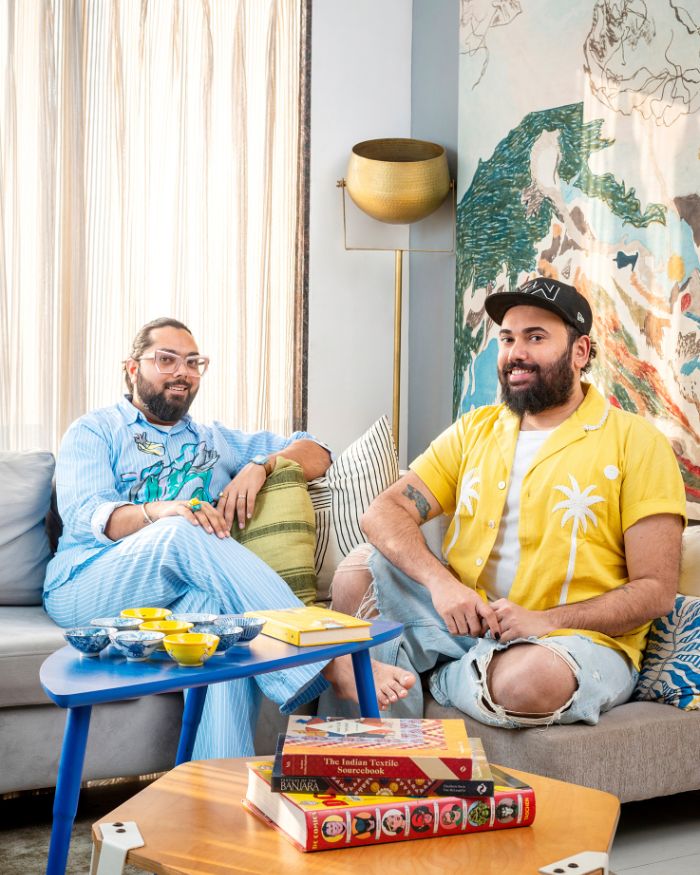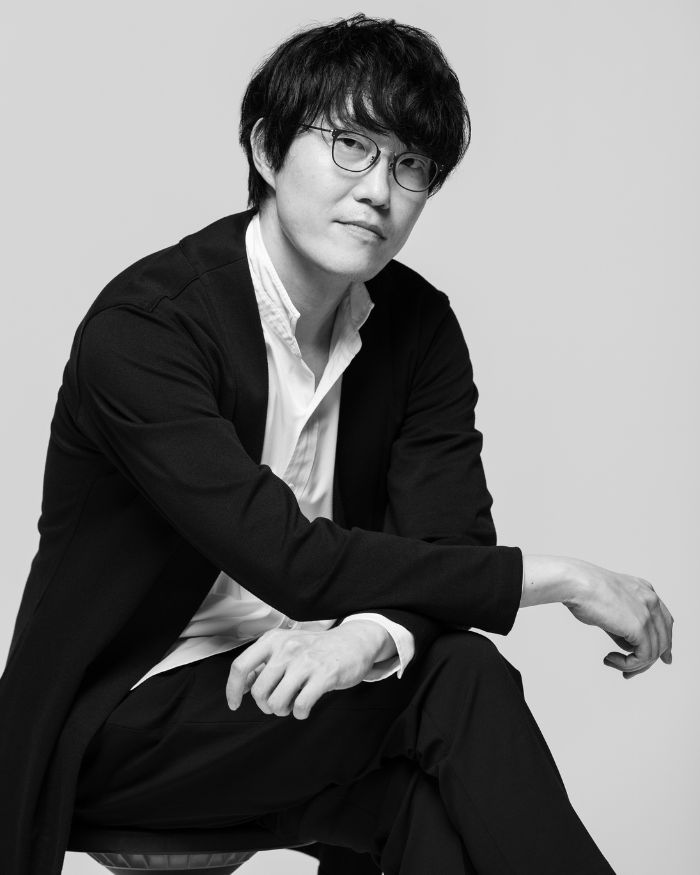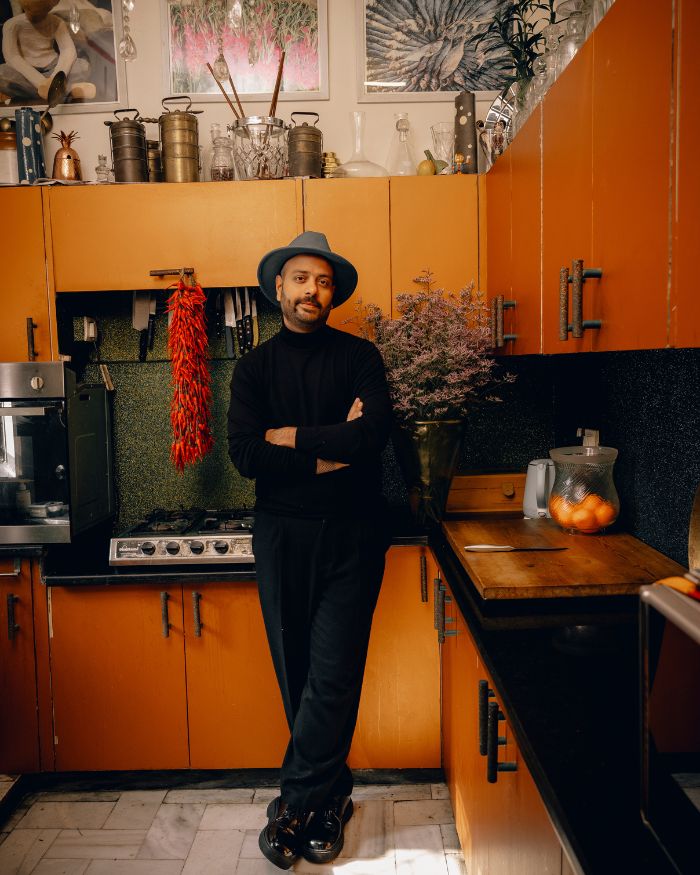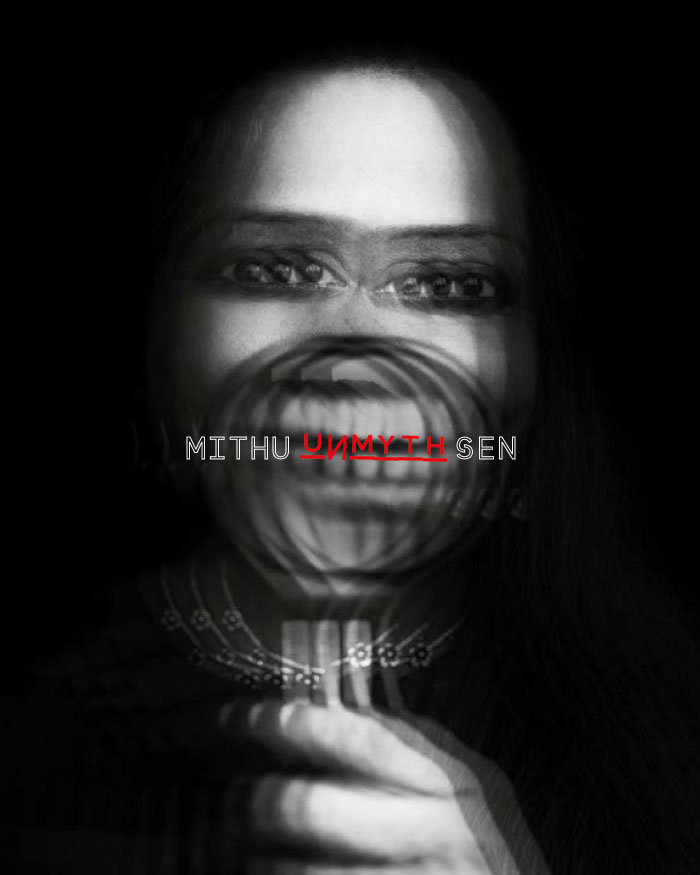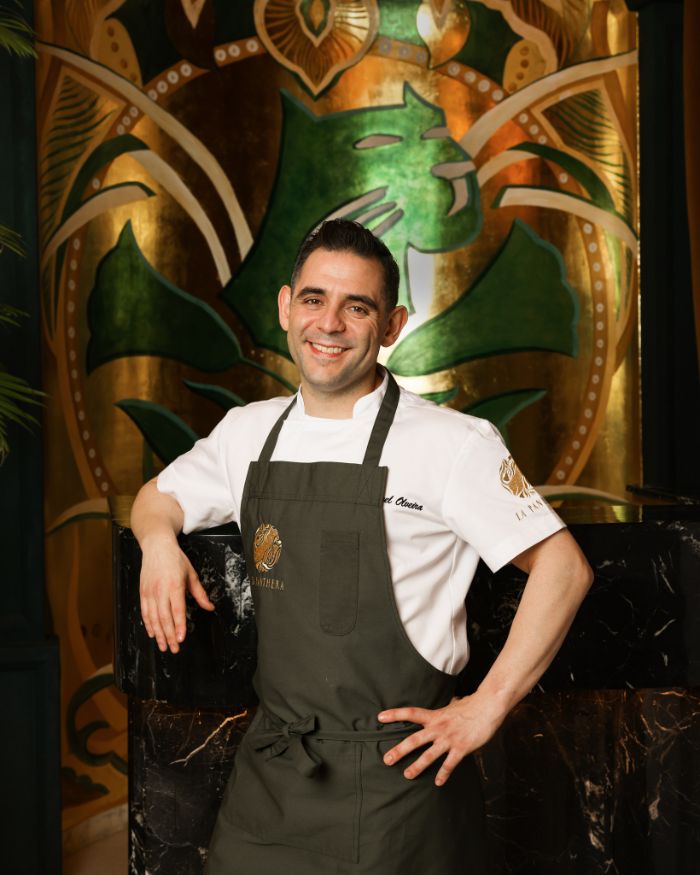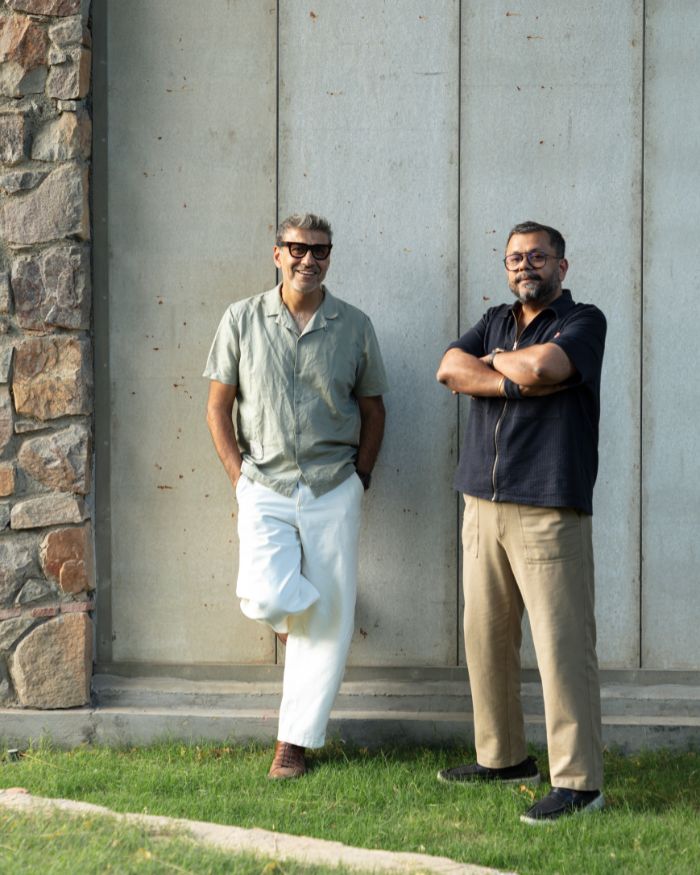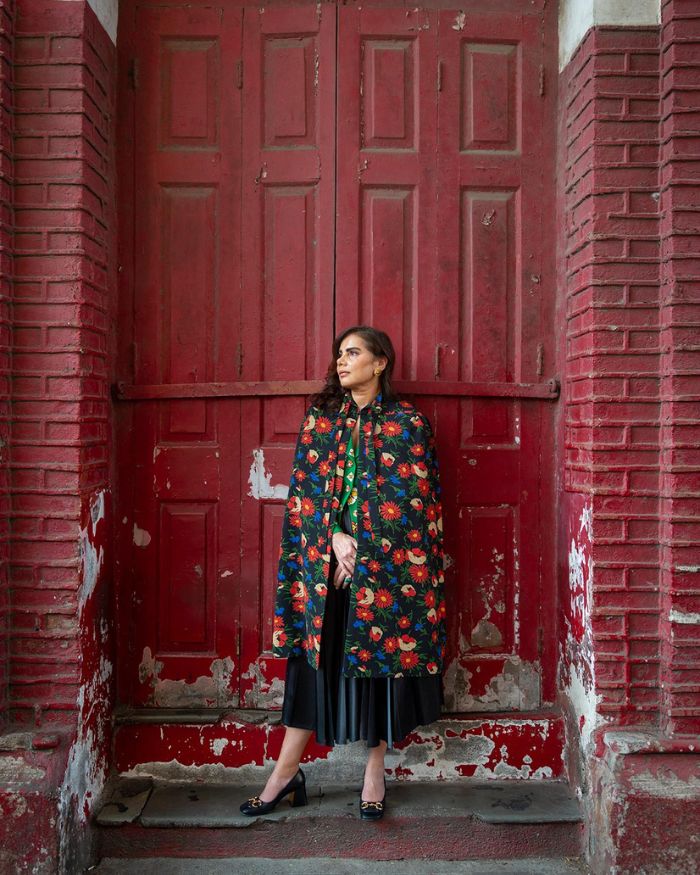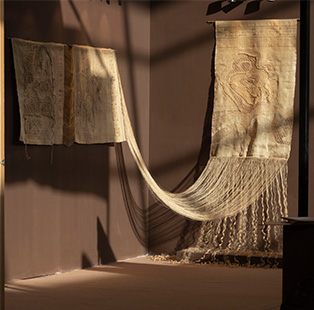On the eve of his first death anniversary, we pay a special tribute to legendary architect Charles Correa, as narrated by Dr BV Doshi and published in ELLE DECOR India’s August – September 2015 issue
Sometime in the early 1950s, I was in Mumbai, attending a meeting for architects organised by my teacher Mr Gore. Before the session began, a tall gentleman walked towards me. “I’m Charles Correa,” he said. I introduced myself too: “Doshi from Ahmedabad.” He told me that he’d studied at MIT and had just returned from the US.
I revealed how I’d worked with Le Corbusier and was now looking after his projects here. He was a big fan of the architect – that was enough for us to keep talking…and that’s how we first met. Our friendship blossomed into a family relationship. Our identities were similar, as Charles and I were both part of the extension of the freedom struggle. We shared ideologies on minimal housing for the poor, simple materials, the economy. As it was popularly believed, we were never rivals. He admired CEPT. We had initially planned on building a school together; however he wanted it in Khandala, and I in Ahmedabad. But when the institution was under construction, he would often drop by and give his feedback.
The Gandhi Memorial Museum (or Gandhi Smarak Sangrahalaya), which is right next to Sabarmati Ashram, Ahmedabad, was his first assignment as an independent, after he quit working for Vanu Bhuta (who designed Gandhi’s memorial in Rajghat, New Delhi) – in fact, Vanu recommended that he take this up. The project was assigned by Kasturbhai Lalbhai, the ashram’s trustee. Gandhiji’s frugality and his connection with the land, the earth must have affected Charles. I’ve never seen someone as perceptive or sensitive to the issue.
When you design a museum, you have to consider spaces for display, books and also account for the number of visitors expected every day…and that eventually more areas will be added. That’s why it was conceived as an expanding structure with equally proportionate square modules. Certain sections with pyramid roofs house the exhibits. Each facade was standardised with a fixed window, wall panels and door; but they were placed in such a way that they create drama. The open courts between the enclaves are now filled with trees, smooth pebbles or water, which reflect the windows. The moment you enter, because there are only low heighted brick columns and the horizontal line of the beams, you feel connected to the series of courtyards. The quality of light is diffused with a quiet glow, because the verandahs and openings are far away from each other. If you look at Sabarmati river, it feels like you are standing on a very high Japanese platform…you experience a unique quality of silence. Charles loved telling stories through his work, playing with scale, variations and elements of surprise. Incorporating simple materials like brick, kota stone and wood, imagining sequences of spaces that open to the sky, modulations of natural light: These might be used by many, but nobody does it the way he did.
When it was completed, he called me and said, “Doshi, you will really enjoy this one!” I went to Mumbai; I think I was the first to see photographs and slides of this museum. We had planned to meet next month…. When you lose a friend, you miss a part of your life. It’s a big personal loss I can’t describe.
Website: www.charlescorrea.net
Also read: Tapan Mody of Yes Yes Why Not?: Artist we love



